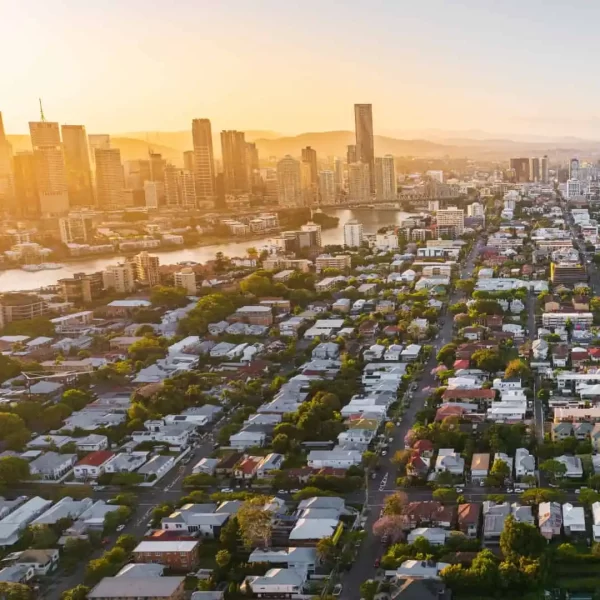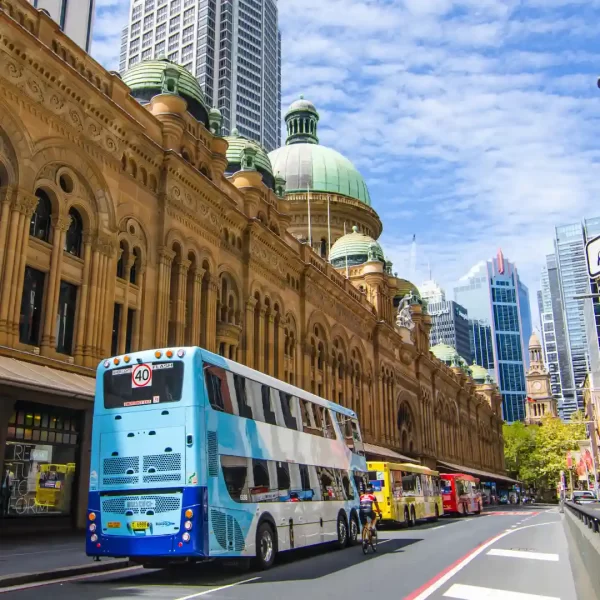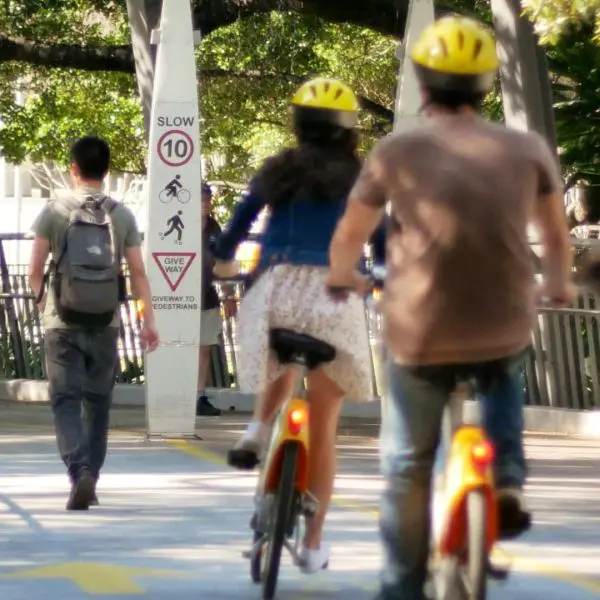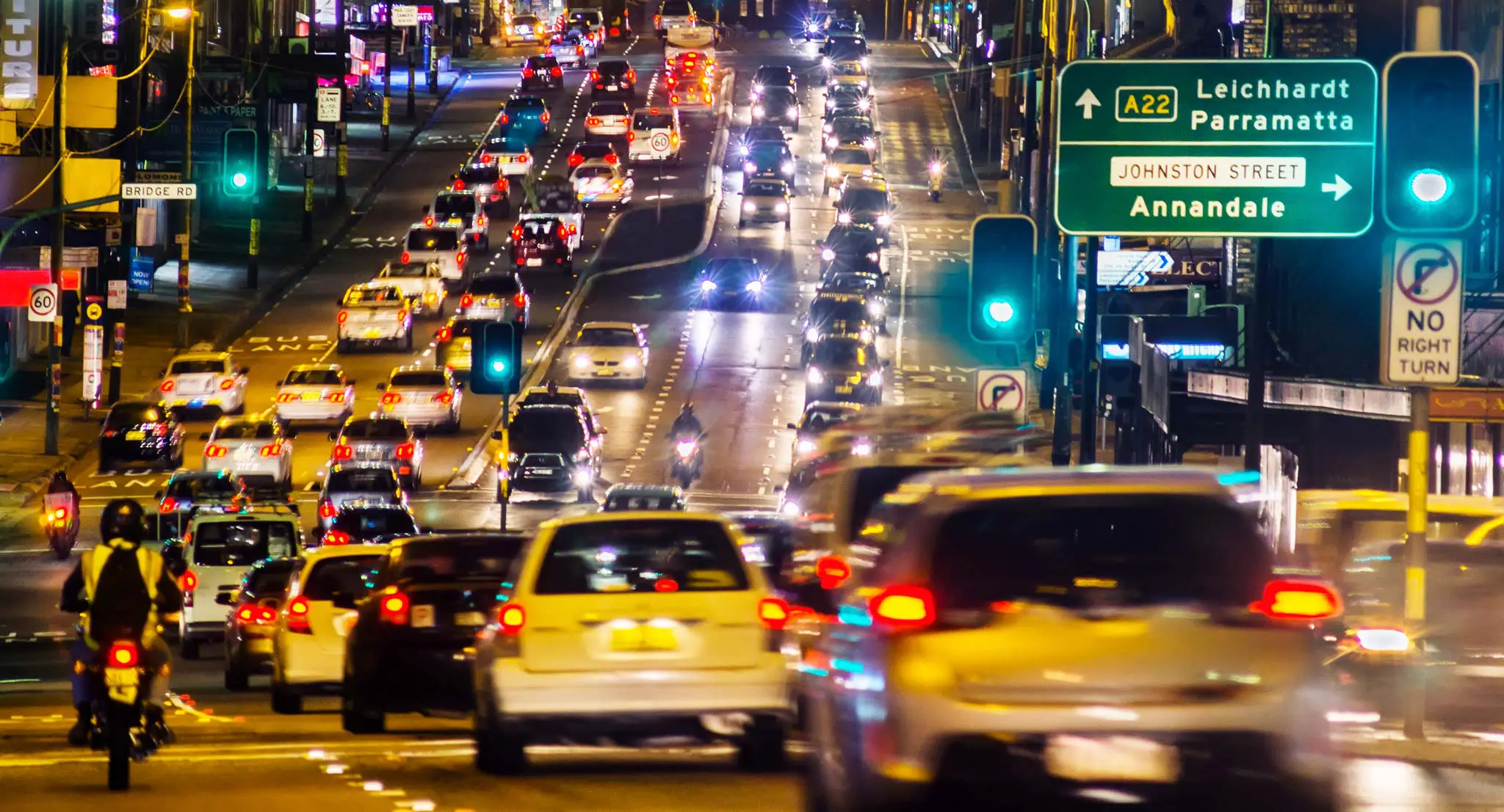
Future transport challenges facing local government
15 September 2023
Changes to how people travel today and how it will be influenced in the future raises some head-scratching challenges that local governments must overcome.
Accessibility
Accessibility is a key challenge for local government, but its focus has been changing recently. In years gone by, the conversation of accessibility was largely centred around access to jobs and housing. This has traditionally been measured in coarse ways such as distance instead of travel time. However, the conversation has shifted to include accessibility to other facilities and amenities such as public services, parks and childcare. In addition to this shift, travelling has become less about journeys to work and more about life in general in a post-COVID world. This means that, by addressing challenges to the modern definition of accessibility, local governments can simultaneously enhance the liveability of an area.
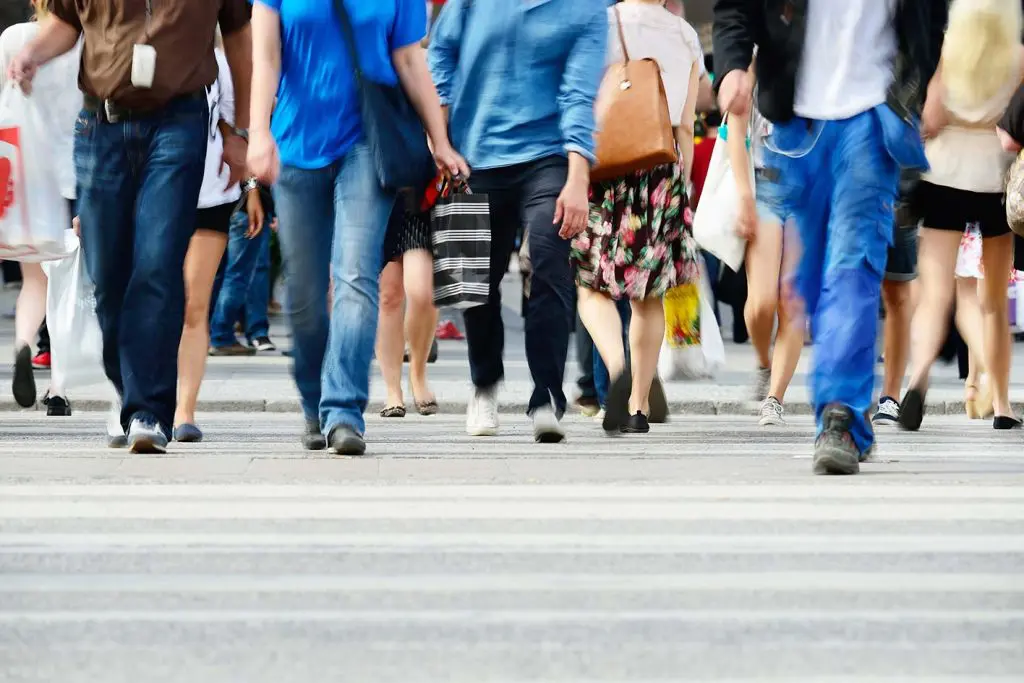
Combining these additional factors with population growth and our changing travel behaviours – behaviours which have changed more acutely since 2020 – has necessitated a practical and philosophical adjustment to the way local governments approach the topic of accessibility. With more variables to balance, the real questions have become about optimisation. How do you design a bus network that gives the greatest number of people the best access to local amenities, facilities and jobs? How do you encourage more public and active transport in your local community?
Thankfully, there are emergent tools and datasets that can help local governments handle these complex questions of optimising transport networks. For granular assessment, accurate catchment analysis is a powerful means of understanding accessibility and identifying gaps in delivering equitable access.
Meanwhile, new datasets like mobility data (known as people movement data or human movement data), which shows the movement activity of mobile device users who have opted in to having travel data collected, has a high level of spatial accuracy and offers time-based insights. Crucially, it tracks how people move, rather than how vehicles move – signalling new opportunities for local governments to understand accessibility in their communities and how to improve it.
Climate change
Climate change has already made its effects felt in recent years, with rising temperatures, fires and flood adversely affecting people and built infrastructure. This fact, in tandem with a global desire to reduce greenhouse gas emissions, means that local governments have important roles to play in combatting the impacts of climate change.

In Australia, all levels of government are in the early stages of activating their plans to mitigate climate change’s effects and reduce the country’s ongoing contribution to the phenomenon. A cornerstone of this is sustainability and central to this goal is a sustainable transport network. Local governments, in concert with state and federal governments, currently face a battle of guiding transport behaviour change. The shift from private vehicle travel to active and public transport is a difficult one; not only do the networks need to be built (or already exist) , but they also need to fight the inevitable inertia of people’s current travel choices.
Congestion
Congestion is a key battleground for local governments, and it is expected that it will continue to rise. With urban sprawl and growing populations throughout Australia, metro and regional areas alike have more reason than ever to be concerned.
For example: as part of a report for the G21 Geelong Regional Alliance (in collaboration with Urbis, Movement & Place Consulting and other partners), VLC found that Geelong roads will become five times more congested by 2041 – an eye-opening forecast that will have significant downstream impacts if it isn’t addressed. After all, congestion creates higher transport costs, volatile travel times, environmental and social implications. It also affects the liveability of an area, which can in turn influence its attractiveness to businesses and its residents.
So, how do local governments combat congestion and move more people on existing infrastructure assets? Building new road infrastructure has been shown to do little for congestion – an unfortunate example of ‘build it and they will come’. So, just as with the issue of climate change, local governments will have to turn to other means for a solution (keeping in mind that this often requires support from a state government level), and it’s a deviation from the current norm.

